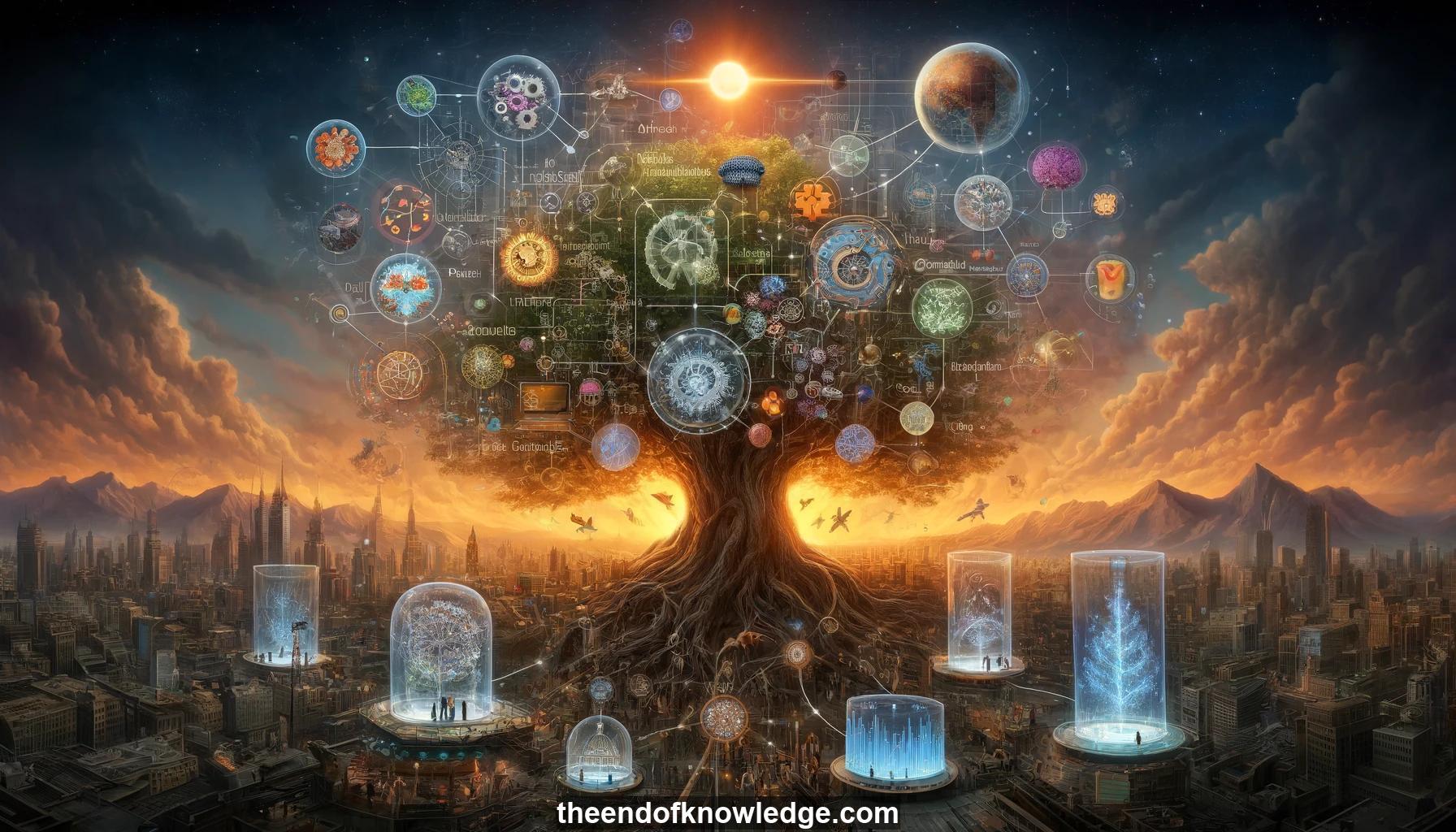 >
>
Concept Graph & Resume using Claude 3.5 Sonnet | Chat GPT4o | Llama 3:
Resume:
1.- Machine learning has had spectacular successes in the last decade due to massive data, high-capacity models, computation power, and IID data.
2.- The IID assumption is not innocuous - recommending items to users constitutes an intervention that leaves the IID setting.
3.- Causality and correlation are connected - if two variables are dependent, there must be a third causing both (Reichenbach's common cause principle).
4.- Without assumptions, observational data cannot distinguish between X->Y, Y->X, and X<-Z->Y. A causal model contains more information than a statistical one.
5.- A causal graphical model represents variables as vertices in a DAG, with arrows for direct causation. Unexplained variables provide the randomness.
6.- An observational distribution inherits properties from the causal graph, allowing inferring a class of graphs by testing conditional independences in data.
7.- Conditional independence testing becomes hard for complex causal relationships. With only two variables, no conditional independences exist to test.
8.- The causal direction may be identifiable by examining footprints left by the causal mechanism in the observed distribution.
9.- Independence of cause and mechanism can be formalized: log f'(X) and p(x) are uncorrelated if X->Y but correlated if Y->X.
10.- Half-sibling regression was used to remove systematic noise in astronomical data by explaining each pixel using other pixels recording different stars.
11.- Under certain assumptions, regressing Y on X and subtracting the estimate recovers an unknown latent variable affecting X and Y up to expectation.
12.- The additive noise model (Y=f(X)+N) makes the causal direction identifiable because an uncorrelated noise is unlikely in the anti-causal direction.
13.- Gravitational wave detection data is very noisy. Classifying the strain from its past and future can highlight anomalies like real events.
14.- In fair ML, demographic parity requires the decision be independent of sensitive attributes. Equalized odds conditions on the true label.
15.- Fairness can be framed causally - the decision should only depend on sensitive attributes via resolving variables, not proxy variables.
16.- Causal conditionals are more likely to be stable across environments than anti-causal ones. Adversarial examples may arise from anti-causal learning.
17.- Jointly compressing datasets by fitting causal models may reveal invariant mechanisms. The true SCM should enable the shortest description.
18.- Learning a large causal model on multi-environment data could find robust components via competition between mechanisms specializing to the environments.
19.- A taxonomy places causal models between statistical and differential equation models - more powerful than statistical, more learnable than DE.
20.- Compared to animals, ML is weak at transfer, interventional generalization, utilizing time, and counterfactual reasoning. Causality may help.
21.- The first two industrial revolutions concerned energy. The current "digital revolution", which began with cybernetics, focuses on information.
22.- The industrial revolution had great benefits but also upheaval. Naively assuming all will be positive with AI is unwise.
23.- It took over a century after the industrial revolution began to deeply understand energy. We may not yet deeply understand information.
24.- Statistical information may just be an epiphenomenon, with dependencies actually due to underlying causal structures which can be asymmetric.
25.- Many collaborators and students contributed to the works presented. The speaker thanked them and the audience for their attention.
Knowledge Vault built byDavid Vivancos 2024